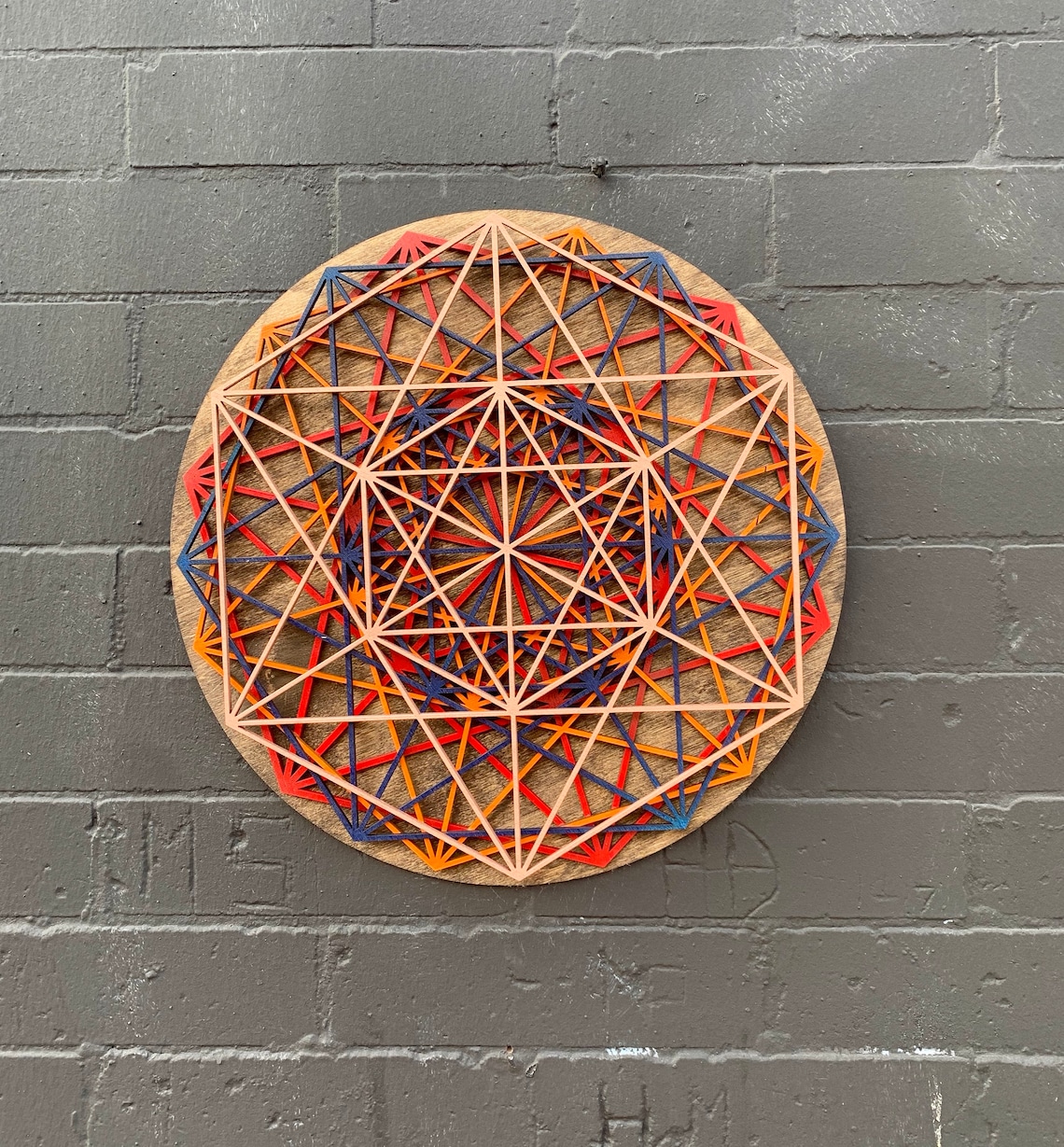
Introduction
Geometry plays a vital role in the world of design and decor. It provides structure, balance, and harmony to a space. By incorporating shapes and patterns effectively, designers can create visually appealing and cohesive interiors. Whether it's through furniture, accessories, or architectural elements, geometry can transform a space into a work of art. In this article, we will explore the various ways geometry can be used in decor and provide valuable insights on how to incorporate shapes and patterns effectively.
The Power of Shapes
Shapes are the building blocks of design. They define the form, structure, and visual impact of a space. When used effectively, shapes can create a sense of balance, movement, and focal points. Here are some key shapes commonly used in decor:
- Squares and Rectangles: Squares and rectangles are known for their stability and order. They can be used to create a sense of symmetry and balance in a space. From furniture to wall art, these shapes can be incorporated in various ways to add structure to a room.
- Circles and Curves: Circles and curves represent fluidity and movement. They can soften the look of a space and create a sense of flow. From round rugs to curved furniture pieces, incorporating circles and curves can add a touch of elegance and whimsy to any room.
- Triangles and Angles: Triangles and angles bring a sense of energy and dynamism to a space. They can be used to create focal points and draw attention to specific areas. Whether it's through geometric wallpaper or angular furniture, these shapes can add a sense of drama and interest to a room.

Patterns and Repetition
Patterns are a powerful tool in decor. They can create visual interest, add depth, and establish a cohesive look. When it comes to incorporating patterns, repetition is key. By repeating shapes, colors, or motifs throughout a space, designers can create a cohesive and harmonious environment. Here are some ways to effectively incorporate patterns in decor:
- Wallpaper: Wallpaper is an excellent way to introduce patterns into a room. From geometric prints to intricate designs, there are endless options to choose from. Consider using wallpaper on an accent wall or in a smaller space to create a focal point.
- Textiles: Textiles such as rugs, curtains, and throw pillows provide an opportunity to incorporate patterns. From chevron to herringbone, there are numerous geometric patterns that can be used to add visual interest and depth to a space.
- Tiling: Tiles are another versatile option for incorporating patterns. Whether it's in the form of a backsplash, flooring, or a decorative feature, tiles can add a touch of sophistication and style to any room.

Creating Balance and Harmony
When incorporating shapes and patterns in decor, it's important to create a sense of balance and harmony. Here are some tips to achieve this:
- Scale and Proportion: Pay attention to the scale and proportion of the shapes and patterns used in a space. Avoid overwhelming a room with oversized patterns or shapes that are out of proportion.
- Color Palette: Choose a color palette that complements the shapes and patterns being used. Consider using a neutral base and adding pops of color through accessories or accents.
- Visual Hierarchy: Establish a visual hierarchy by using larger shapes or patterns as focal points and smaller ones as supporting elements. This will create a sense of order and balance in the space.

Geometry in Different Decor Styles
Geometry can be incorporated into various decor styles, each with its own unique aesthetic. Here are a few examples:
Minimalist
In minimalist decor, geometry is often used to create clean lines and simplicity. Simple shapes such as squares, rectangles, and circles are favored. The focus is on functionality and minimalism, with the shapes and patterns serving as subtle accents.
Mid-Century Modern
Mid-century modern decor embraces geometric shapes and patterns. From furniture with clean lines and tapered legs to bold geometric prints, this style is all about embracing the beauty of geometry. The use of organic and abstract shapes is also common, adding a touch of whimsy to the space.
Art Deco
Art Deco decor is known for its luxurious and glamorous aesthetic. Geometry plays a significant role in this style, with bold and angular shapes dominating the design. From geometric patterns on wallpaper and textiles to sleek furniture with sharp lines, Art Deco embraces the power of geometry to create a visually striking environment.

Conclusion
Geometry is a powerful tool in decor. By incorporating shapes and patterns effectively, designers can create visually appealing and cohesive interiors. Whether it's through furniture, accessories, or architectural elements, geometry adds structure, balance, and harmony to a space. From simple squares to intricate patterns, the possibilities are endless. By understanding the power of shapes, the importance of repetition, and the need for balance and harmony, anyone can create a space that is both visually stunning and functional. So go ahead, embrace the beauty of geometry in decor and transform your space into a work of art.